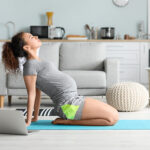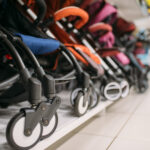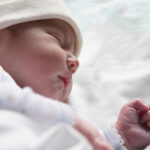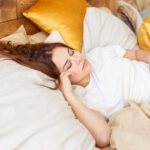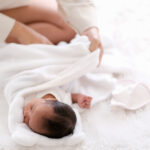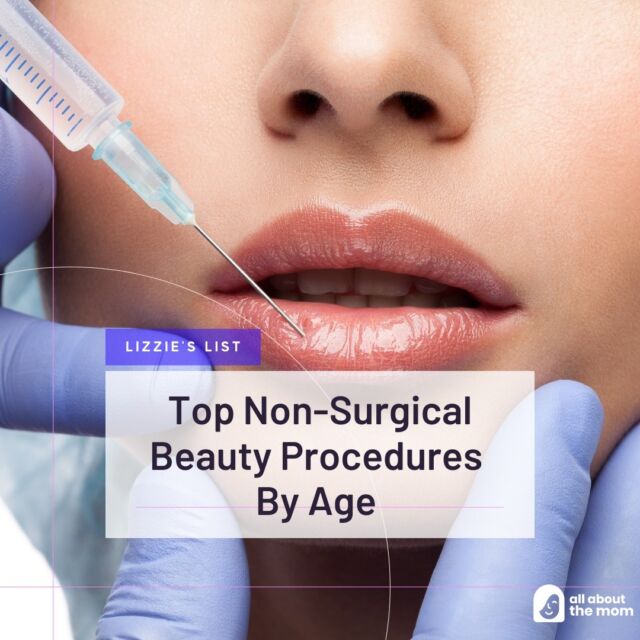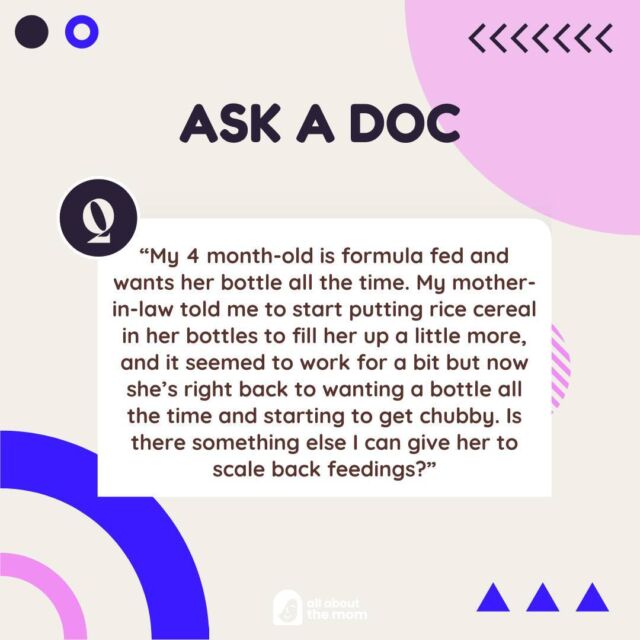Below is a list of guidelines to help create safer sleep spaces for your baby.
Putting babies on their backs is the best and safest way to lay a baby down to sleep. Once your little one is rolling over and can assume their own position of choice, you do not need to flip them to their backs. Once a baby starts to roll over proficiently, you can stop swaddling.
Use a firm, flat, non-inclined sleep surface with a tightly fitted sheet. Putting books or other objects under one end of the crib mattress or bassinet to raise it at an angle is dangerous. Babies who sleep on a firm surface on their backs help reduce the risk of SIDS and suffocation.
The American Academy of Pediatrics recommends that babies sleep in their own sleep space in the same room with their parents/caregivers but not in the same bed for at least the first six months.
Couches and recliners are unsafe sleep spaces as babies can roll over into the cushions. Caregivers should also be careful when laying on recliners or sofas with the baby in their arms because they may also fall asleep, leaving the baby vulnerable to rolling into tight spaces.
Bare is best regarding what’s in the crib or bassinet.
Remove pillows, blankets, bumpers, and stuffed animals from the sleep space. Also, remove hats and headbands from sleeping babies. Removing headwear can help prevent choking and suffocation while in bed.
Sitting devices, such as car seats, strollers, swings, infant carriers, and infant slings, are not recommended for routine sleep in the hospital or at home, particularly for infants younger than four months.
Other ways to reduce the risks of SIDS (sudden infant death syndrome)
Keep clear of second and third-hand smoke
Breastfeeding
Pacifier use, studies have shown, reduces the risk.

